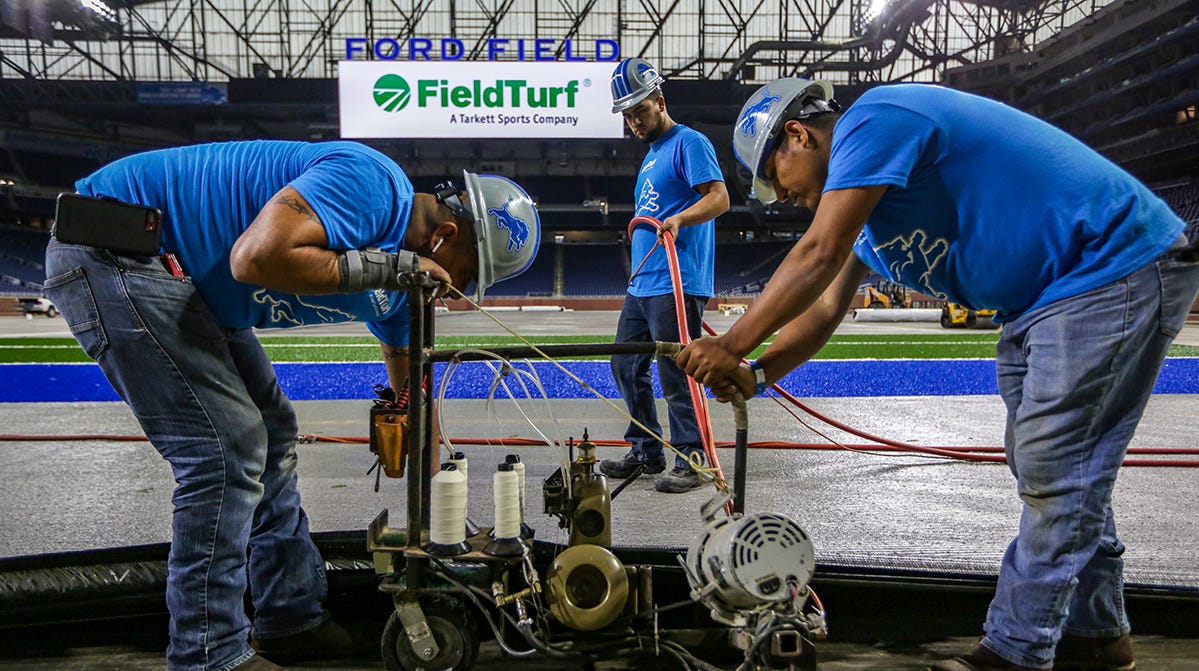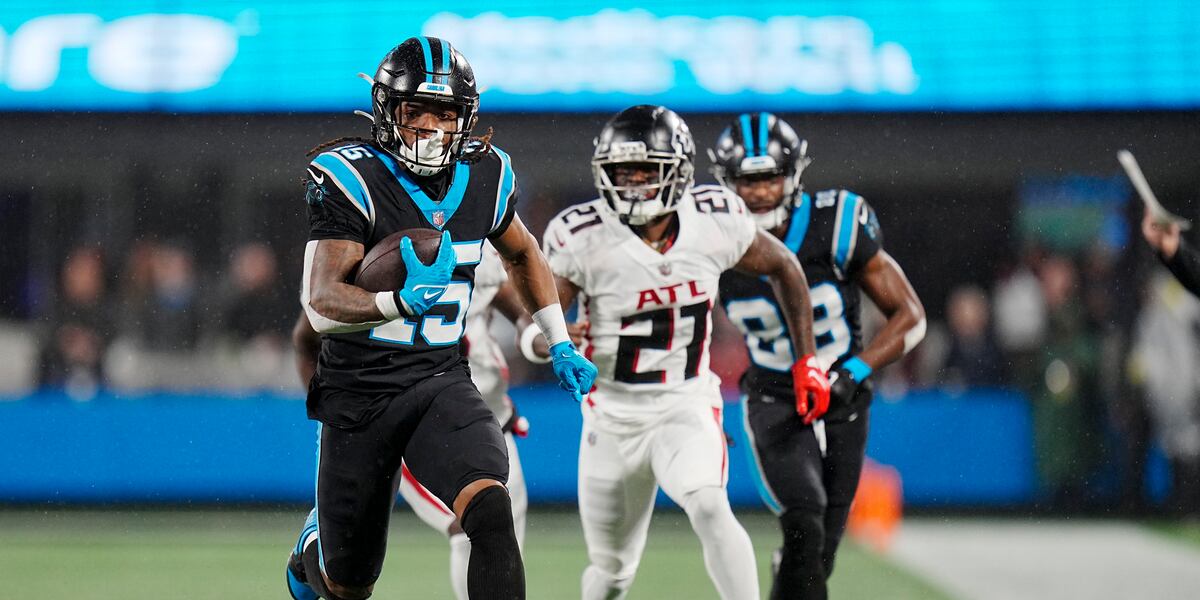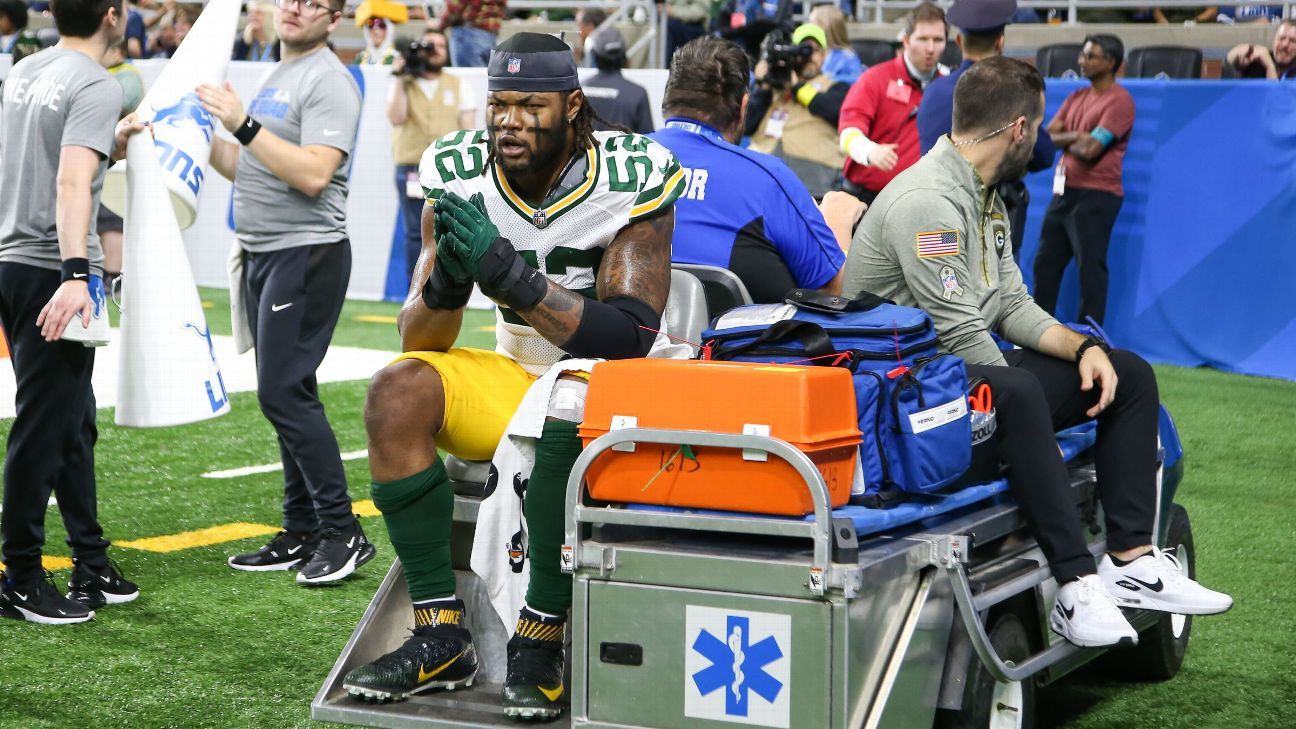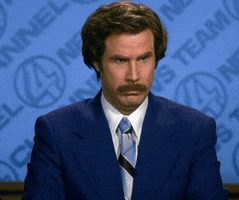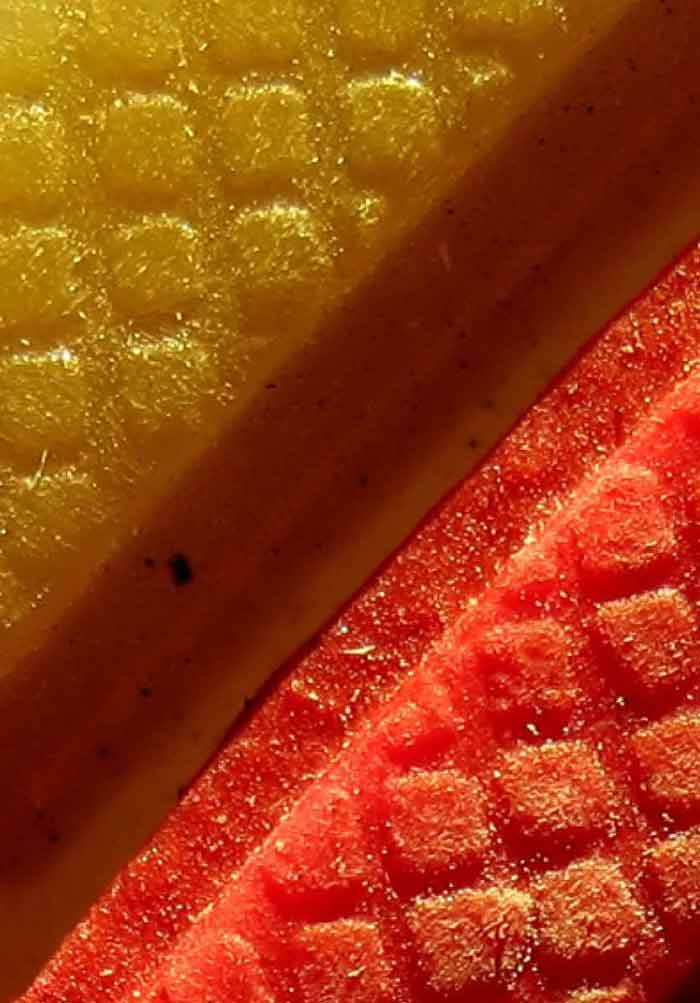Dirty Bird
Pokémon Master
- Thread starter
- #376
Feels like Adelaide Oval
Maintaining history but elevating the fan experience.
PLUS - It keeps it well located. Chicago is a city of 10 million people spanning across 16 counties (12IL, 2IN, 2WI). Moving it to the North-West screws over the majority of the cities population. And besides the Atlanta Braves and San Francisco 49ers. What franchises have moved into a worse location this millenia?
If I were a Bears fan and they were gonna move out to Arlington I'd be pissed.
Maintaining history but elevating the fan experience.
PLUS - It keeps it well located. Chicago is a city of 10 million people spanning across 16 counties (12IL, 2IN, 2WI). Moving it to the North-West screws over the majority of the cities population. And besides the Atlanta Braves and San Francisco 49ers. What franchises have moved into a worse location this millenia?
If I were a Bears fan and they were gonna move out to Arlington I'd be pissed.


